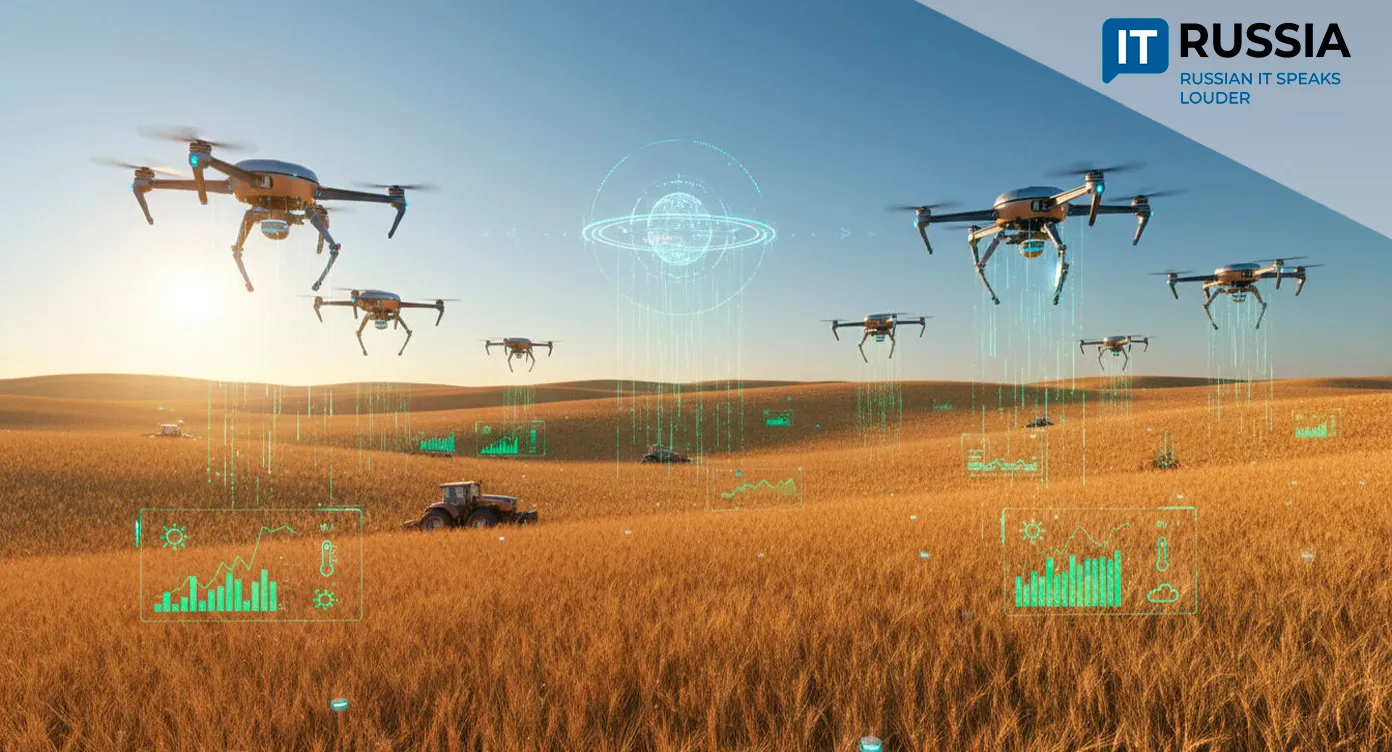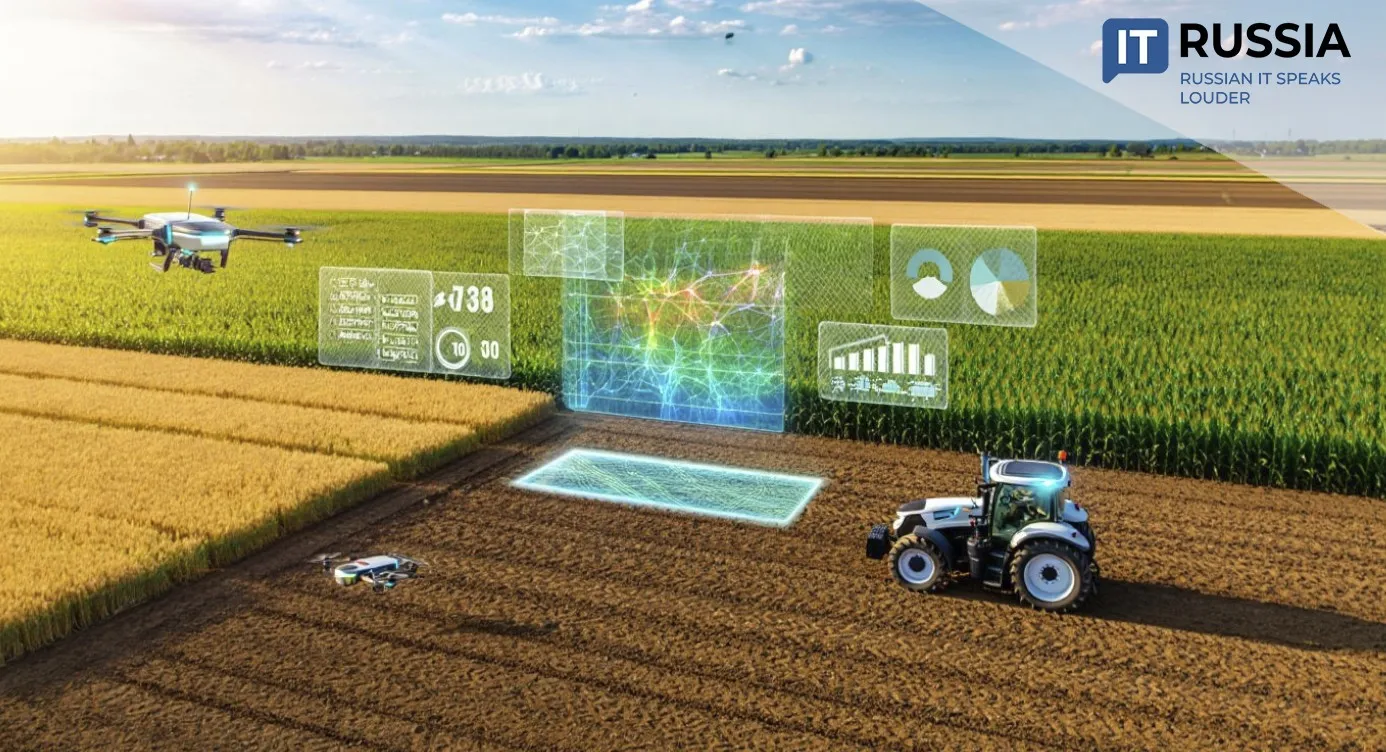Looking Beneath the Surface: Komi Scientists Find a Way to Lessen the Ecological Impact of Logging
Forests are not just about wood — they are living ecosystems rooted in the fragile soil beneath. In Russia’s Komi Republic, scientists are using cutting-edge technology to study how modern heavy machinery affects the earth itself — and how nature can be given a second chance.
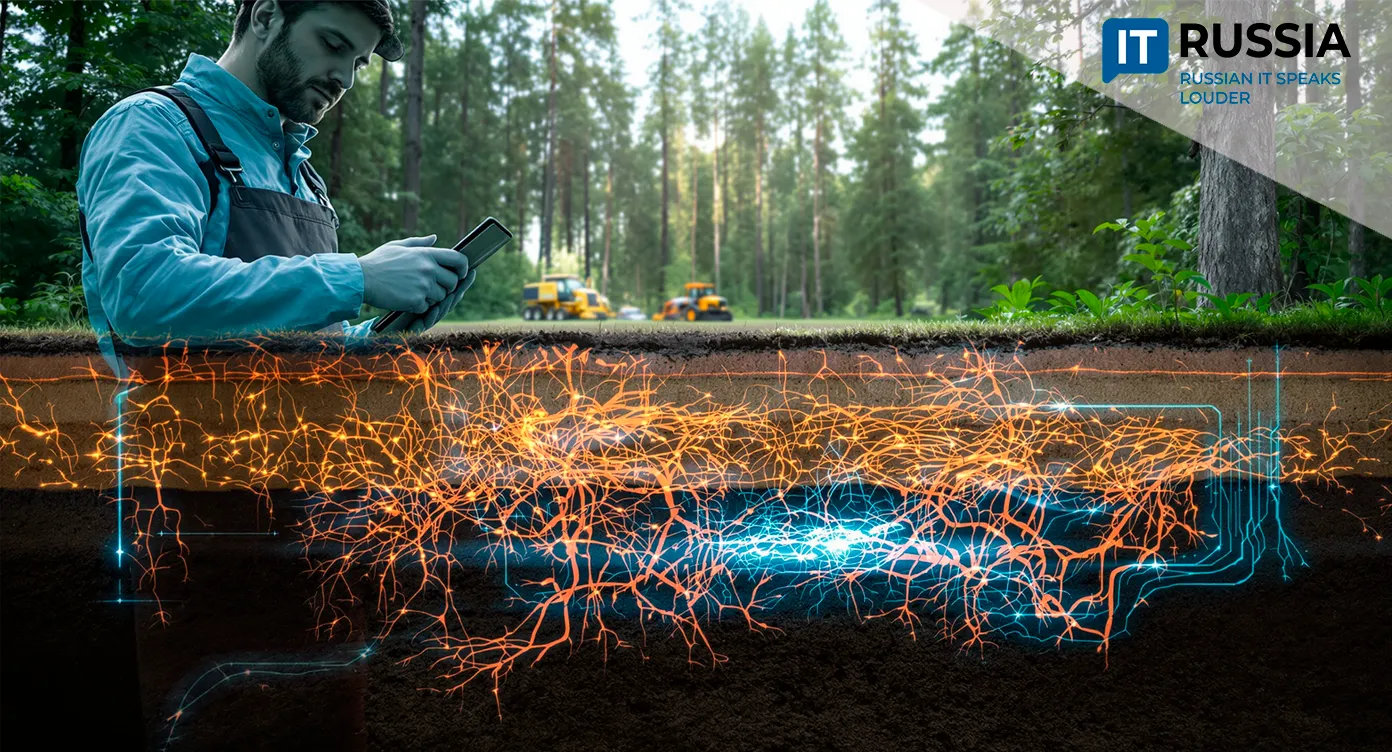
A Diagnosis from the Depths of the Earth
Researchers from the Komi Republic, working with the V.V. Dokuchaev Soil Science Institute, have conducted a groundbreaking study that could reshape the logging industry.
For the first time in the region, they applied three-dimensional computer tomography to assess the impact of heavy forestry machines — forwarders weighing several tons — on forest soils.
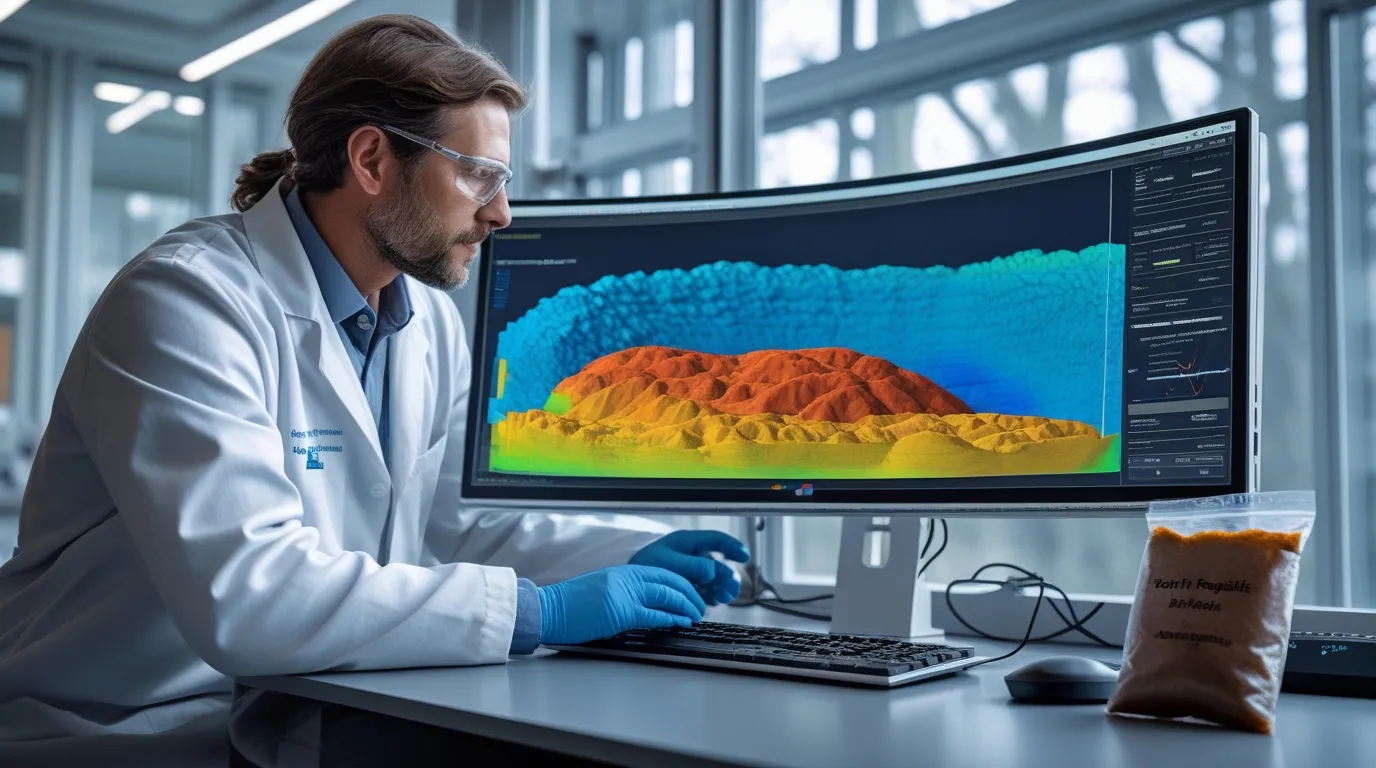
The method, similar to medical CT scans, allowed scientists to "see" deep inside the ground without damaging it. Their findings were striking: after only three passes of a forwarder, soil porosity dropped dramatically, destroying the natural air and water channels essential for root growth. After ten passes, the soil’s structure was completely transformed — water stagnated in ruts, creating conditions in which new trees could not take root.
However, the researchers found a simple yet effective mitigation strategy. Smoothing ruts with an excavator after logging operations significantly improved soil recovery potential. These results, published in the peer-reviewed journal Soil and Tillage Research, could form the basis for a new environmental standard in forestry management.
3D Soil Tomography: A New Standard for Sustainable Forestry
The findings provide a clear roadmap for optimizing the operations of logging enterprises — from adjusting vehicle routes to limiting the number of machine passes along a single track. The team also recommends that land restoration procedures become mandatory following forestry work.
Ultimately, the scientists propose the creation of a continuous soil tomography monitoring system that would allow companies to make data-driven decisions for sustainable resource management.
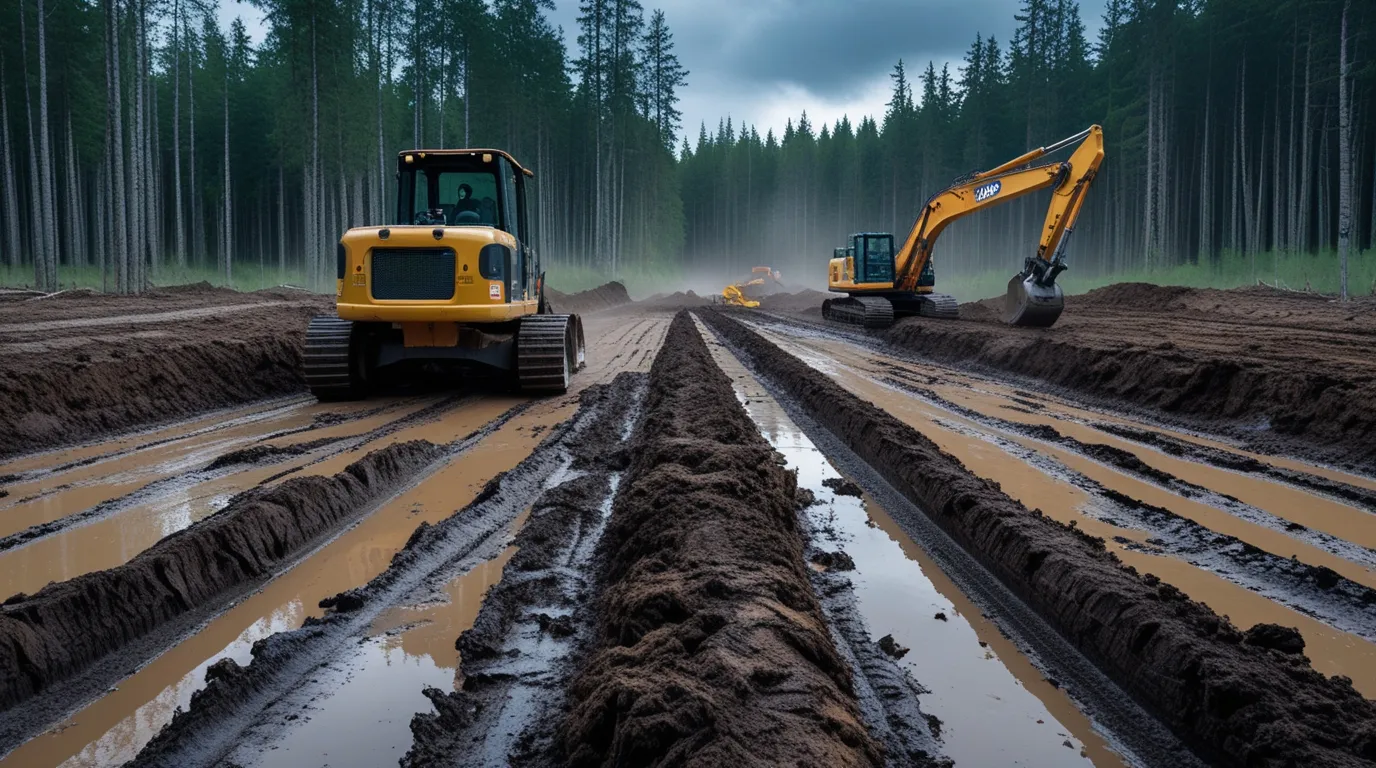
The 3D soil tomography method has potential applications far beyond the Komi Republic. Its principles could be applied in any region where intensive logging or heavy agricultural activity takes place. In farming, similar machinery compaction increases soil hardness by 200–300%, cutting yields by up to 15% for grains and 30% for root crops.
Supported by the Russian Science Foundation, this technique shifts environmental protection from abstract policy into a concrete, measurable practice rooted in digital evidence.
High-Tech Roots for a Greener Future
This is more than a local scientific success — it’s a philosophical shift in how forestry interacts with nature. The research from Komi scientists demonstrates how modern technology can serve not only industry efficiency but also ecosystem resilience.
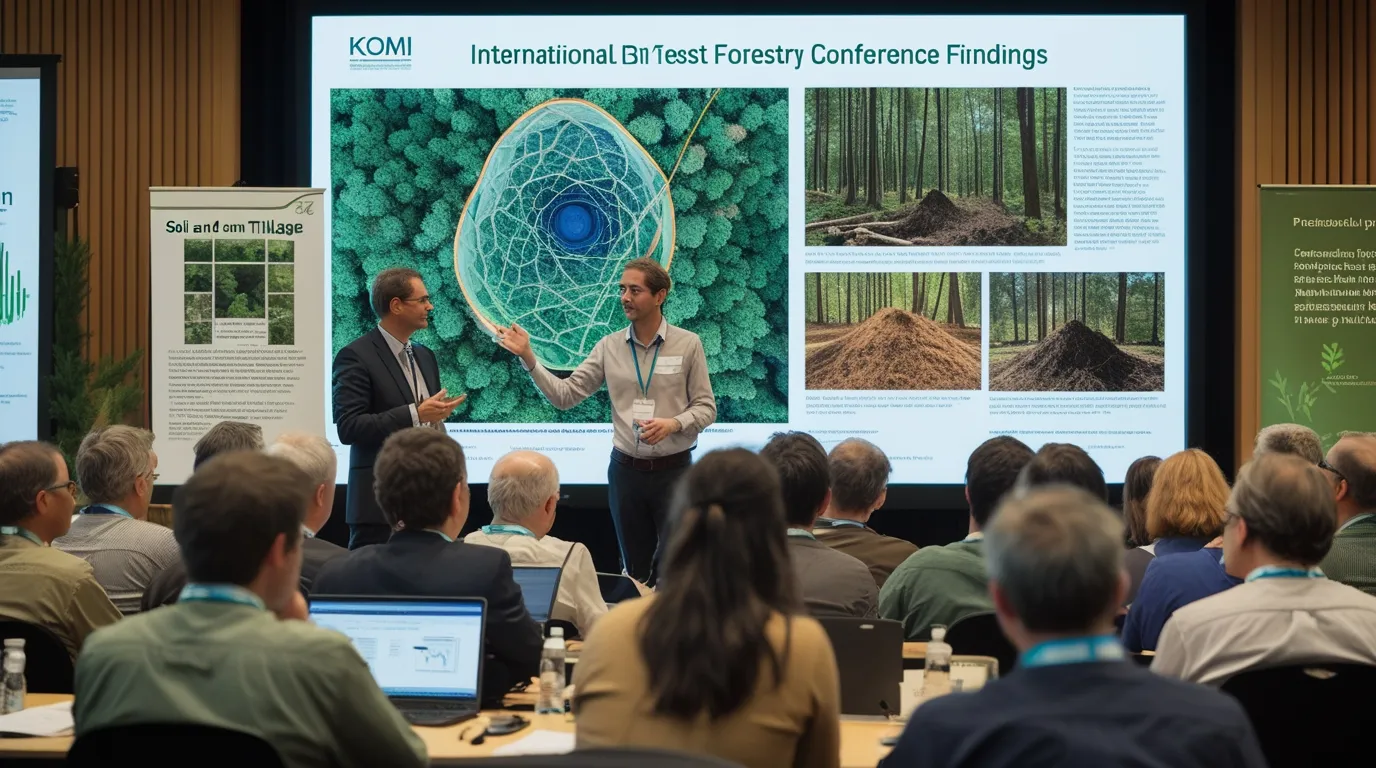
Russia’s federal project "Forest Conservation", with over $740m in funding through 2030, aims to ensure the sustainable management of forest resources. This investment exceeds previous allocations by more than 70%.
If scaled nationwide, the 'tomographic standard' for soil health monitoring could become part of Russia’s model for ecologically sustainable forestry, offering valuable expertise for other nations facing similar challenges. The forest of the future is being planted today — its roots growing through soil saved by high technology.






